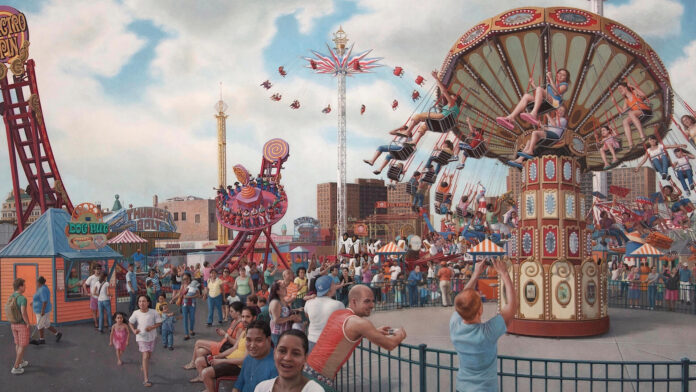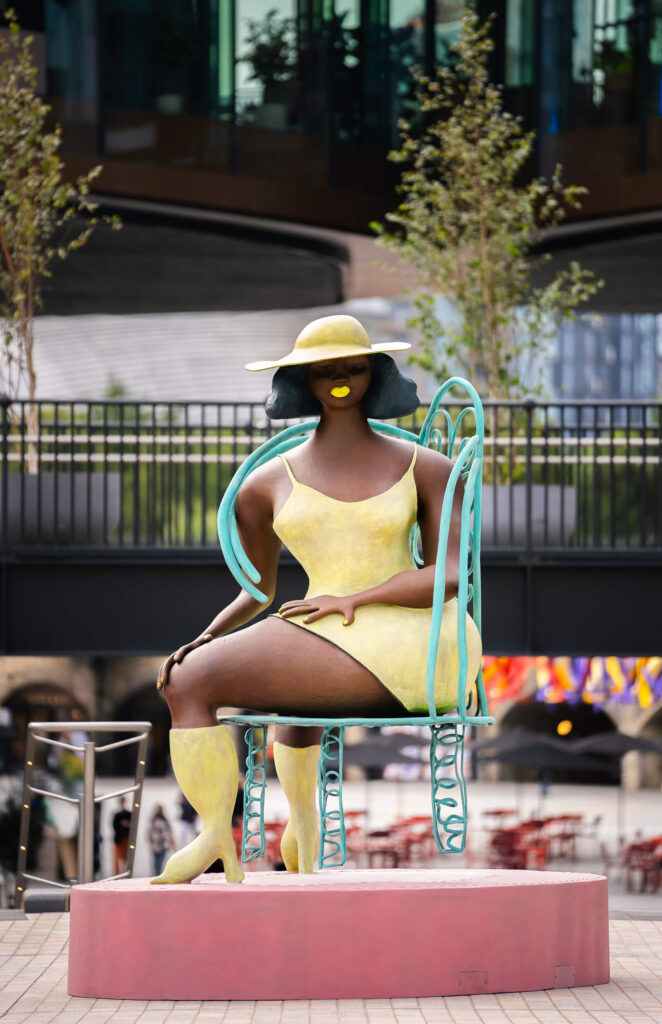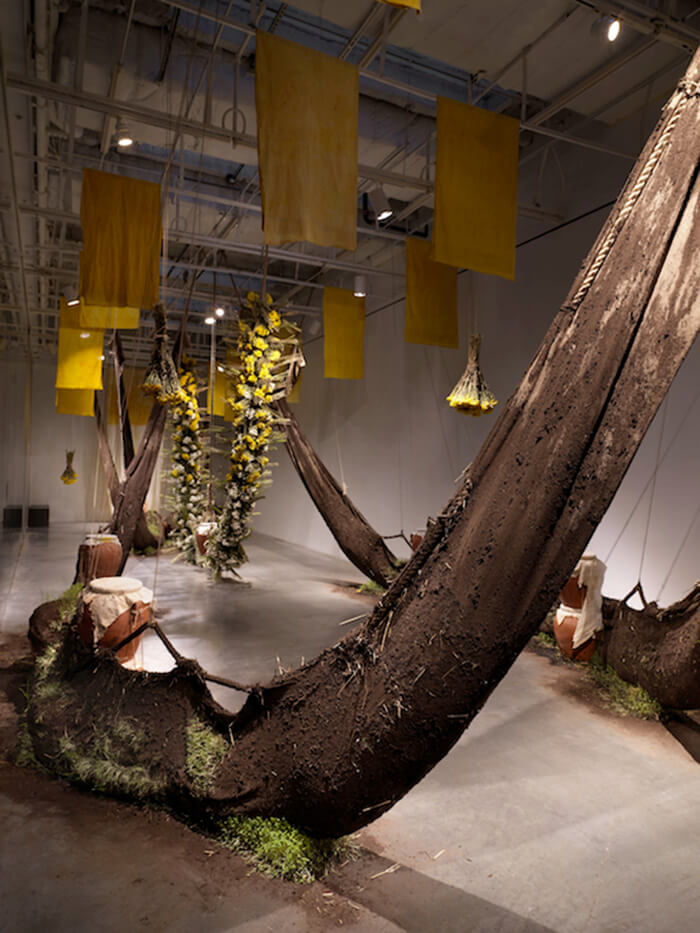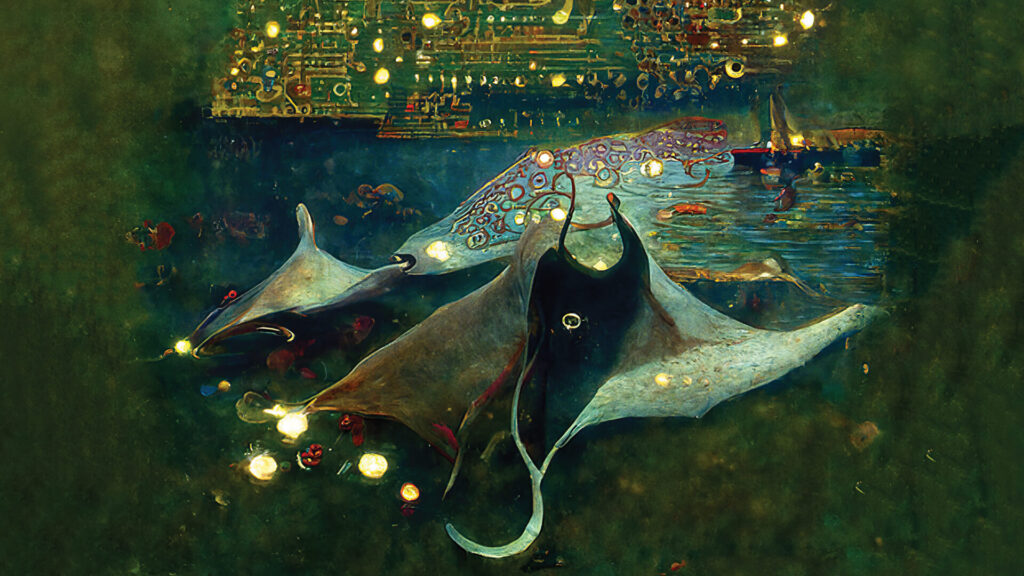
These days the art world is demonstrating that success is not dependent on one’s gender identity, nationality, race, age, religion, socioeconomic background, or any other personal attribute. Contemporary artists have pushed boundaries and championed inclusion in the art industry.
Bold lines and bright colors draw attention to the work of art, and when viewers interact with it, they can see through the artist’s eyes and understand his unique point of view. We’re now keeping a close eye on artistic verticals that amplified the voices of those least heard, going beyond bright color palettes and bold lines, with an eye toward diversity in art.
While there is still a long way to go, LGBT artists are no longer relegated to a clichéd part of the show. They are appreciated by an audience that enjoys immersive exhibitions regardless of gender or sexual preference.
The Black Lives Matter movement shook the world, and artists of color are finally getting significant attention. Finally, the art world has demonstrated that the success of representation in art is not dependent on gender identity, nationality, race, age, religion, socioeconomic status, or any other personal characteristics.

In short, we have witnessed a time when contemporary artists pushed the boundaries of what was possible and advocated for inclusivity, paving a new path for equity in art. In this article, we want to draw your attention to a number of art groups, artists, and movements that have celebrated diversity in art.
Tshabalala Self
Based in the New York tri-state area, Tshabalala Self is well known for her syncretic approach, combining painting and printmaking to explore concepts related to the black body. Her public installations, which combine painted, printed, and sewn materials, are inspired by the shapes of women’s bodies. For public sculpture, the American artist worked with bronze because of its historical significance to both modern Western art and the African diaspora. Self wanted to create a public art sculpture for a public space that spoke of joy while also recognizing the power that the simple act of sitting can have in asserting one’s rights to that space.
Daniel Lie

Viewing blight as a powerful and destructive element as a result of coexistence with it, Daniel Lie views blight as non-binary, demonstrating that life and death have no beginning or end. The concept of growth and decline is a fundamental principle of life. It is also the main source of inspiration for Liy, an Indonesian-Brazilian installation artist.
The artist from São Paulo, Brazil, works with organic materials to create large-scale installations that wax and wane over the course of a decade. Lie views their work as living beings endowed with knowledge and agency, exploring the idea of decay as a way to break down traditional binary oppositions between life and death.
Feileacan McCormick and Sofia Crespo

Generative artist Faileacan McCormick and neural artist Sofia Crespo explore how birds build their nests and express multiple iterations of entanglement. McCormick shared that “the idea of ’entanglement’ is to reveal how interconnected we really are and to codify what we actually think about what we think is different from ourselves.”
Digital artists have used artificial intelligence to create digital art, artificial intelligence art, 3D art, and other types of interactive art, providing immersive and educational experiences for viewers.
























